Life finds a way, even in the harshest conditions on Earth. From scorching deserts to freezing polar regions, these resilient creatures have adapted to survive where others can’t. All of the amazing animals in this list call extreme environments home, defying our expectations of where life can exist.
Tardigrade
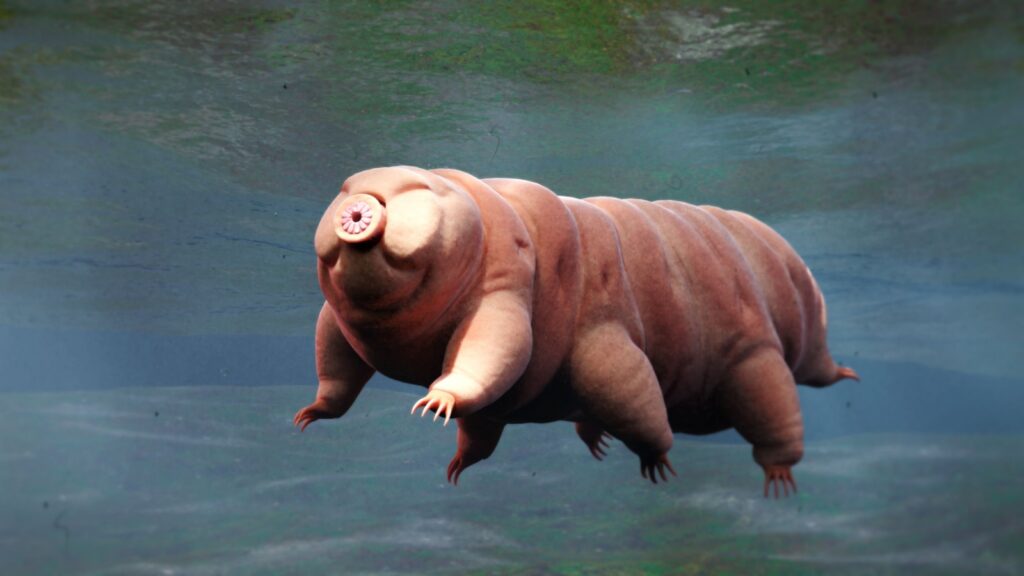
Tardigrades, also known as water bears, are microscopic creatures that can survive almost anywhere. They can withstand extreme temperatures, radiation, and even the vacuum of space. Tardigrades achieve this by entering a state called cryptobiosis, where they expel almost all water from their bodies and slow their metabolism to a near stop. When conditions improve, they can “come back to life” and continue as if nothing happened.
Pompeii Worm
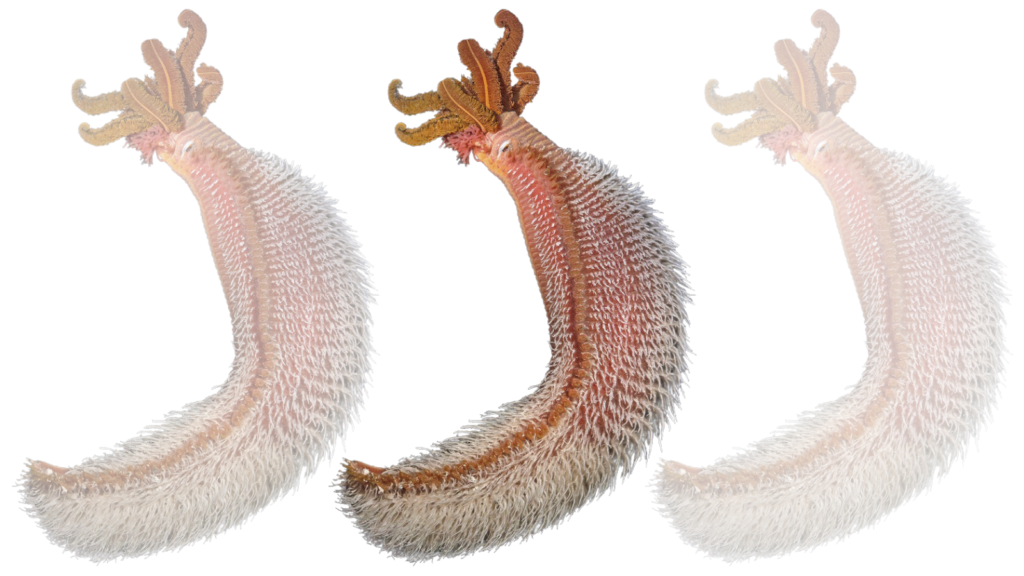
The Pompeii worm lives in hydrothermal vents deep in the ocean, where temperatures can reach 176°F (80°C). Its head rests in cool water while its tail withstands scorching heat. The worm’s ability to thrive in such extreme temperature gradients puzzles scientists. It owes its survival partly to a symbiotic relationship with bacteria that cover its body, providing insulation and possibly nutrients.
Emperor Penguin
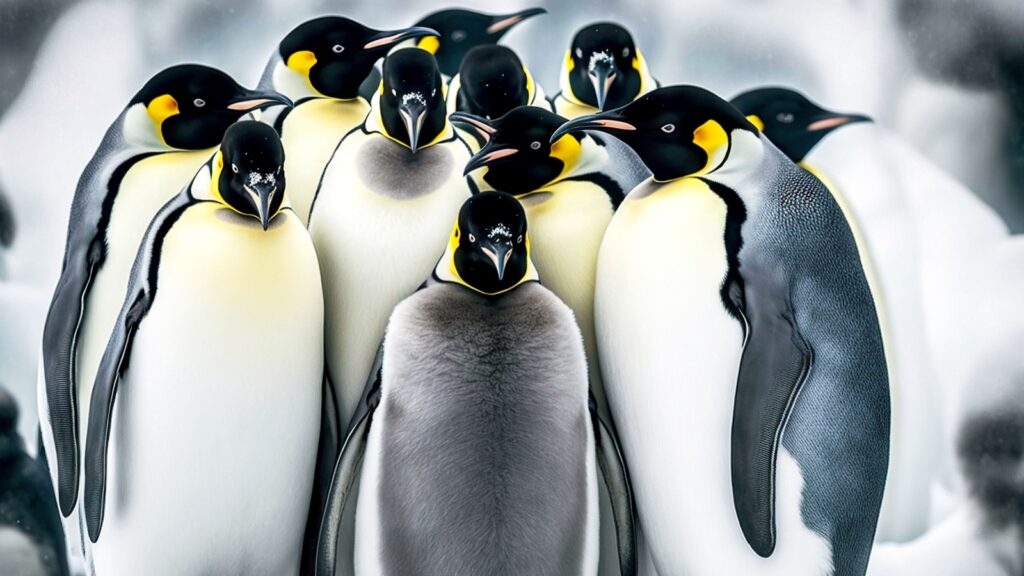
Emperor penguins brave the harshest winters on Earth in Antarctica. They huddle together to survive temperatures as low as -76°F (-60°C) and winds up to 124 mph (200 km/h). Male penguins incubate their eggs on their feet for two months during the dark Antarctic winter, fasting the entire time. Their streamlined bodies and thick layers of blubber and feathers help them endure the extreme cold.
Saharan Silver Ant
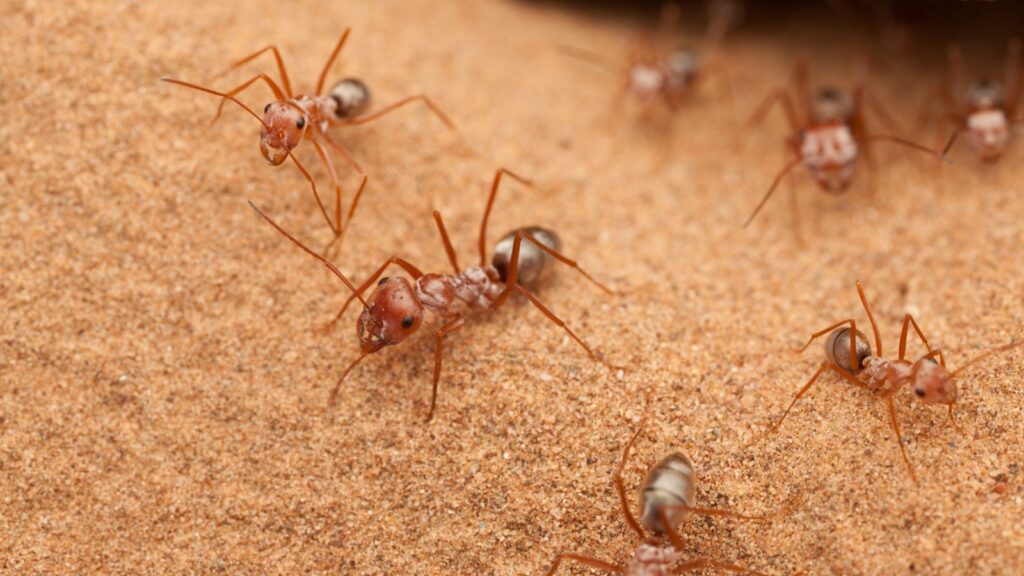
The Saharan silver ant ventures out in the scorching desert heat that would kill most other creatures. It can withstand temperatures up to 128°F (53°C), foraging for just a few minutes at a time. The ant’s silvery coat reflects sunlight and heat, while its long legs keep its body away from the hot sand. These adaptations allow it to thrive in one of the hottest places on Earth.
Jerboa
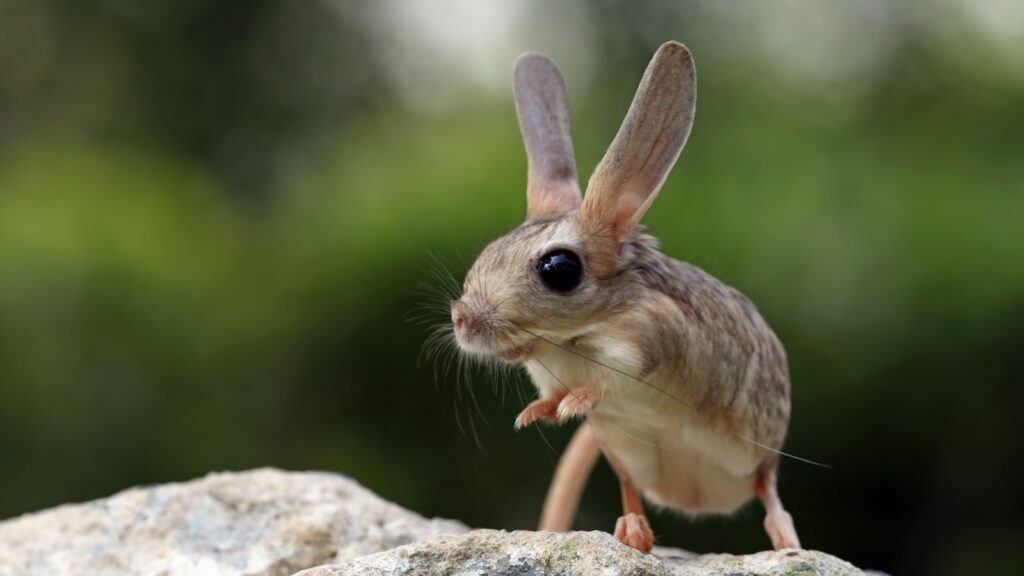
The jerboa is a tiny rodent that lives in the deserts of North Africa and Asia. It rarely drinks water, getting most of its moisture from the seeds and plants it eats. The jerboa’s huge ears help it stay cool by radiating excess heat. Its powerful hind legs allow it to leap up to 10 feet (3 meters) in a single bound, helping it escape predators in the open desert.
Wood Frog

The wood frog has an amazing ability to survive being frozen solid. As winter approaches, it produces a type of antifreeze in its blood that prevents ice crystals from damaging its cells. The frog’s heart stops beating and it stops breathing, entering a state of suspended animation. When spring arrives, it thaws out and hops away as if nothing happened.
Himalayan Jumping Spider

The Himalayan jumping spider lives at altitudes up to 22,000 feet (6,700 meters), higher than any other known spider. It survives in an environment with thin air, intense UV radiation, and temperatures that can plummet below freezing. The spider hunts during the day when the sun warms the rocks, and hides in crevices at night to escape the cold.
Axolotl
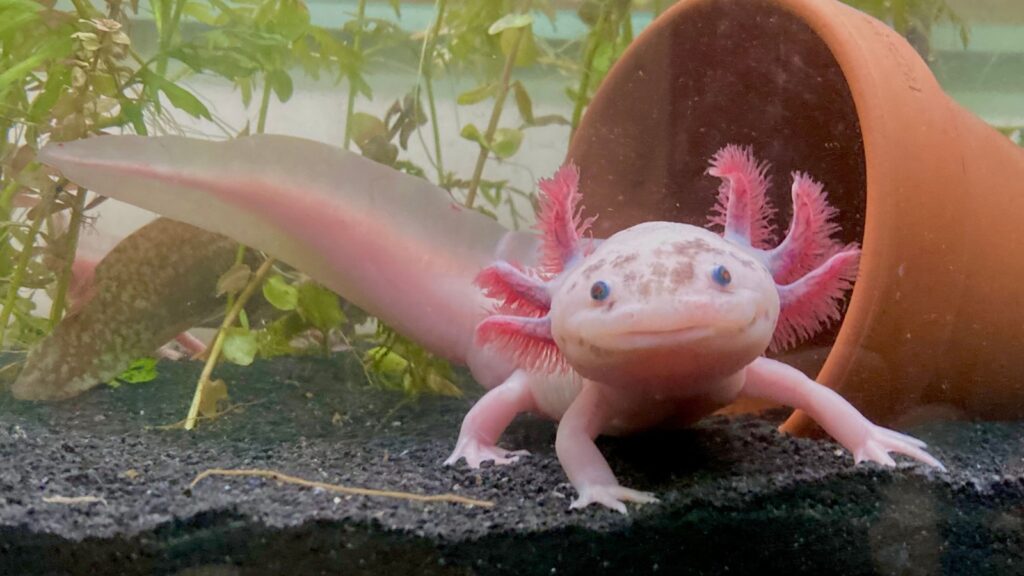
The axolotl is a salamander that lives in the polluted canals of Mexico City. It can regenerate lost body parts, including its brain, making it highly resilient to injury. Axolotls never undergo metamorphosis, keeping their juvenile features throughout their lives. This unusual trait, called neoteny, allows them to adapt to their challenging aquatic environment.
Deinococcus Radiodurans
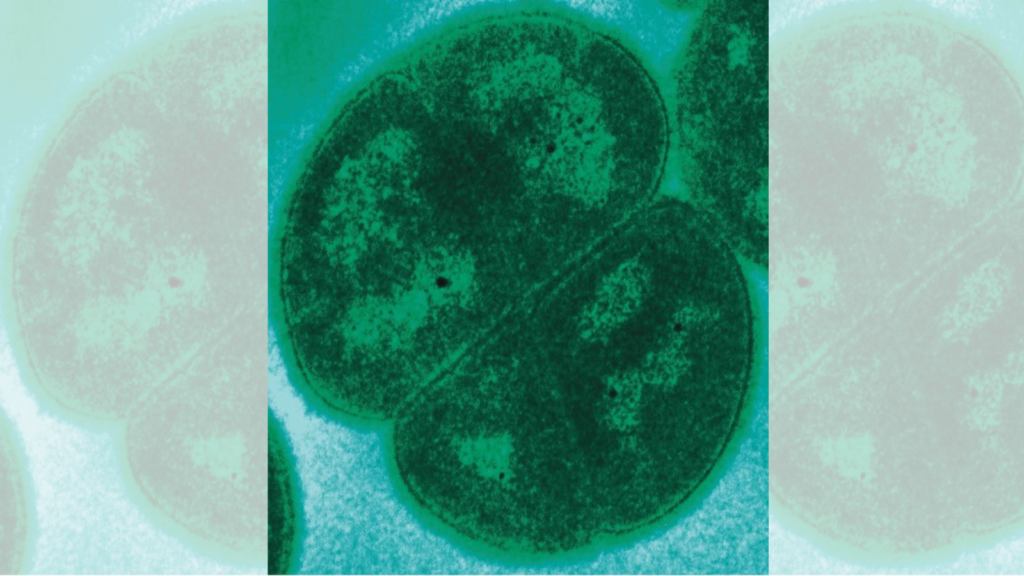
This bacterium can survive radiation levels 1,000 times greater than what would kill a human. It was discovered in 1956 inside a can of ground meat that was sterilized with gamma radiation. Deinococcus radiodurans can quickly repair its DNA when it’s damaged by radiation or other extreme conditions. This ability makes it one of the most radiation-resistant organisms known to science.
Barrel Cactus
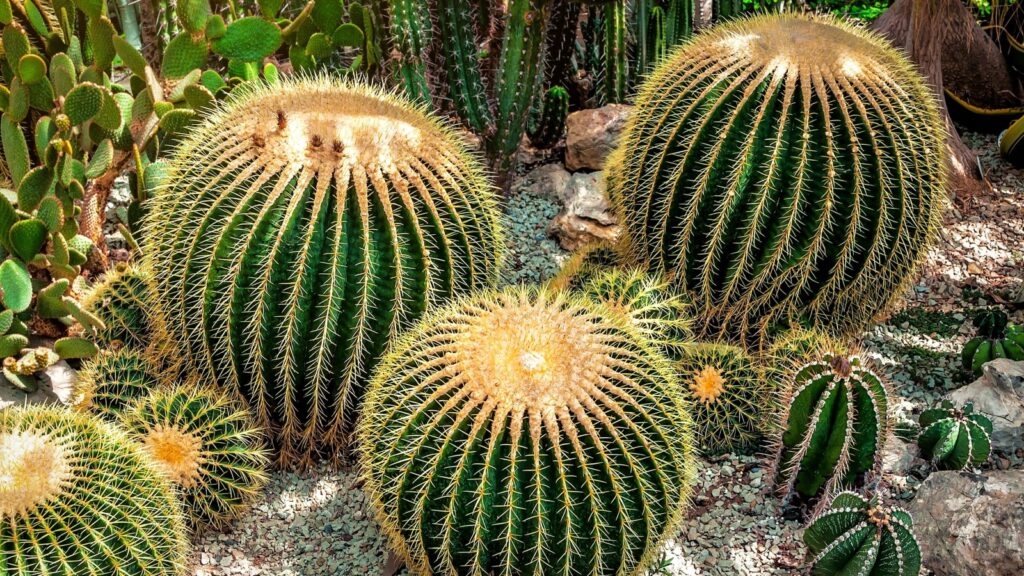
The barrel cactus thrives in the hot, dry deserts of North and South America. It can go for years without water, storing moisture in its thick, barrel-shaped stem. The cactus’s spines provide shade and trap a layer of cooler air next to its surface. Some barrel cacti can live for over 100 years, enduring scorching heat and long droughts.
Snailfish
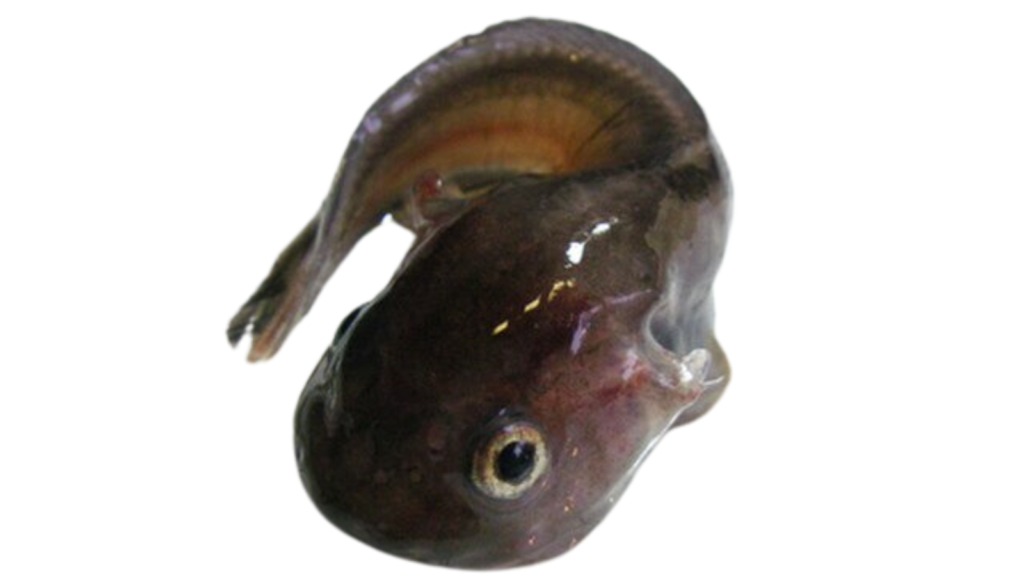
Snailfish live in the deepest parts of the ocean, withstanding crushing pressures up to 1,000 times greater than at sea level. Their bodies are soft and gelatinous, allowing them to cope with the extreme pressure. Snailfish have been found at depths of over 26,000 feet (8,000 meters) in the Mariana Trench, making them one of the deepest-living fish species known.
Kangaroo Rat
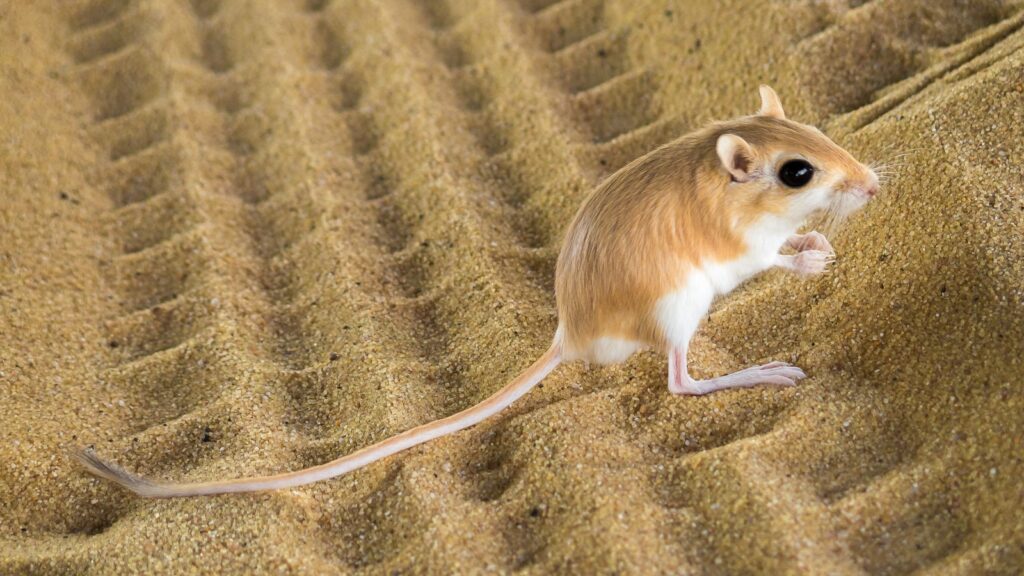
The kangaroo rat lives in the deserts of North America and can go its entire life without drinking water. It gets all the moisture it needs from the seeds it eats. The rat’s specialized kidneys produce highly concentrated urine to conserve water. Its large eyes and excellent hearing help it avoid predators in the open desert environment.
Ice Worm
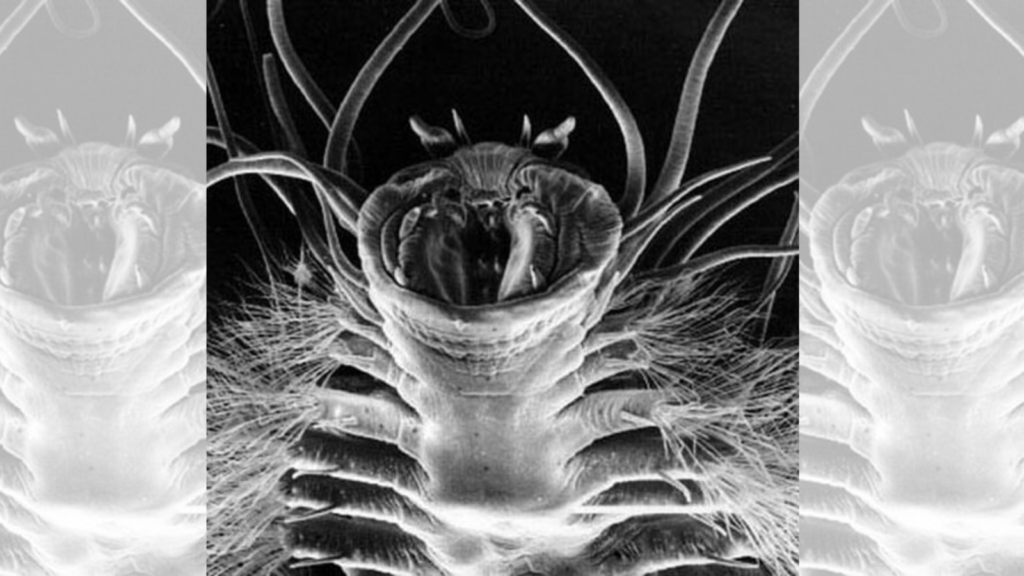
Ice worms spend their entire lives in glaciers, never experiencing temperatures above 40°F (4°C). They move through the ice by secreting an antifreeze substance that melts tiny tunnels. If the temperature rises too much, ice worms will actually melt and die. These unique creatures play an important role in glacier ecosystems, breaking down organic matter and providing food for birds.
Vulture Bee

The vulture bee, found in tropical forests of South and Central America, feeds on rotting meat instead of nectar and pollen. It has evolved to digest carrion, which would be toxic to most other bees. The vulture bee’s gut bacteria help it break down the meat and protect it from harmful pathogens. Despite its unusual diet, it still produces honey, although it’s not suitable for human consumption.
Thermophilic Archaea
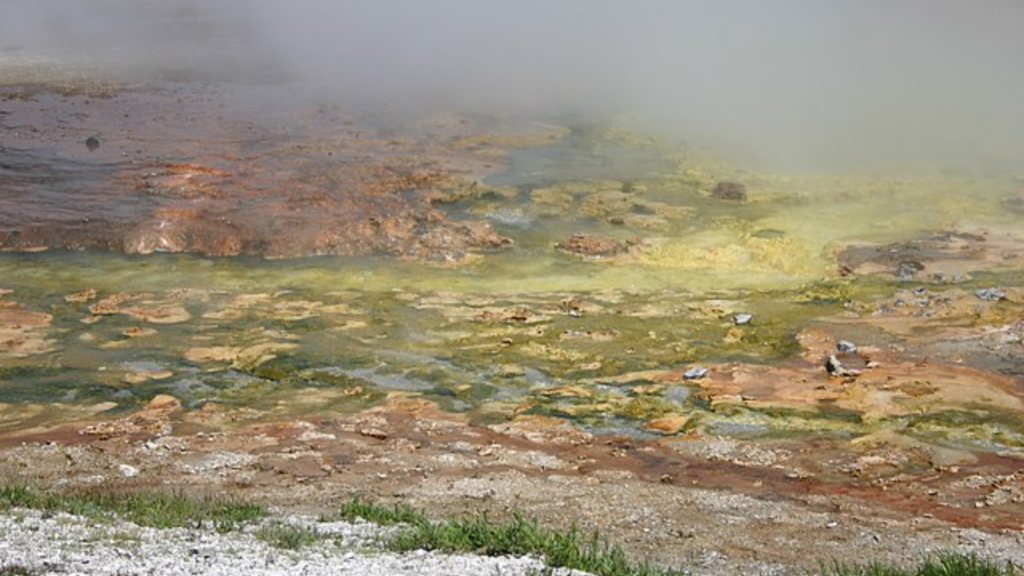
These single-celled organisms thrive in extremely hot environments, such as hot springs and hydrothermal vents. Some species can survive temperatures up to 252°F (122°C), well above the boiling point of water. Thermophilic archaea have special enzymes and cell membranes that remain stable at high temperatures. Scientists study these organisms to understand how how life might exist in extreme environments on other planets.
Halophilic Algae
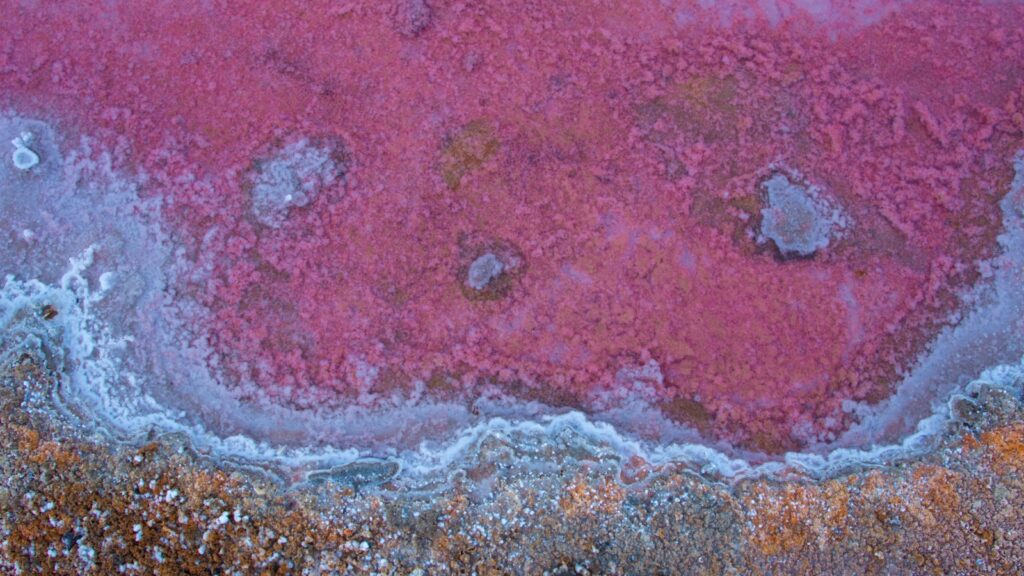
Halophilic algae live in incredibly salty environments that would kill most other organisms. They thrive in salt lakes and solar salterns where salt concentrations can be up to 10 times higher than seawater. These algae have adapted to pump salt out of their cells and produce special proteins that work in high-salt conditions. Their presence often gives salt lakes a pinkish hue, as seen in places like Lake Hillier in Australia.
Becky is a fervent wildlife enthusiast and pet care expert with a diploma in canine nutrition. Her love for animals stretches beyond the domestic, embracing the wild tapestry of global fauna. With over a decade of experience in animal welfare, Becky lends her expertise to OutlandishOwl through insightful articles, captivating wildlife information, and invaluable guidance on pet nutrition. Her work embodies a deep commitment to understanding the intricate lives of animals and a passion for educating others on sustaining natural habitats. Becky's hands-on conservation efforts and her knack for translating complex dietary science into practical pet feeding tips make her an indispensable voice for creatures great and small.




